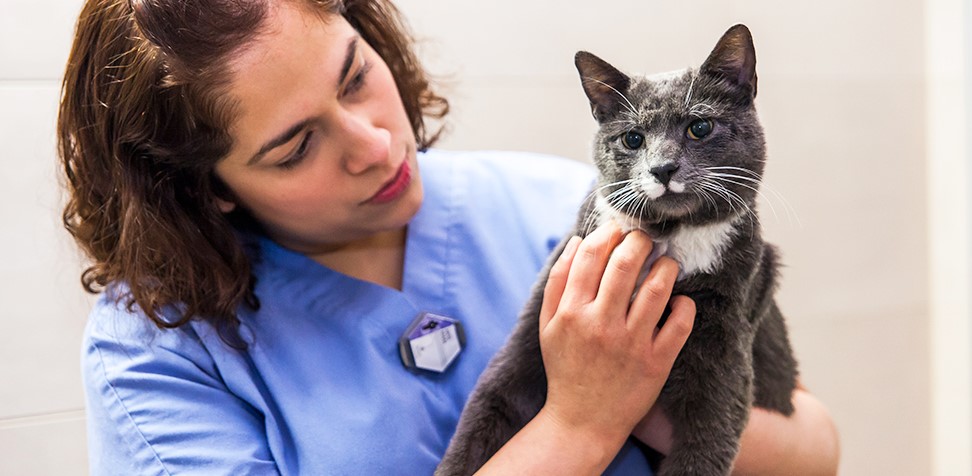Caring for our feline friends is a delightful responsibility, but it also comes with challenges. One common issue that cat owners encounter is tapeworm infections. If you’ve ever wondered, “Should I quarantine my cat with tapeworms?” this article is your comprehensive guide to understanding and managing this issue. In this article, we’ll explore the symptoms, diagnosis, and treatment of cat tapeworms, and whether quarantine is necessary.

Understanding Cat Tapeworms
What Are Tapeworms?
Cat tapeworms, scientifically known as Dipylidium caninum, are intestinal parasites that infect cats. These parasites are flat, segmented worms that can vary in length from a few inches to several feet. They attach themselves to the lining of a cat’s intestine, where they feed and grow.

How Do Cats Get Tapeworms?
Tapeworms in cats are usually transmitted by ingestion of infected fleas or small mammals such as rodents or birds. A cat can become a host to tapeworms when it ingests infected fleas or eats an infected predator.
Common Symptoms of Cat Tapeworms
Detecting tapeworm infection in your cat is essential for timely treatment. Look out for these common symptoms:

- Visible Tapeworm Segments: One of the most recognizable signs is finding small, rice-like tapeworm segments around your cat’s anus or in their feces.
- Increased Itching and Scratching: Cats may become more restless and scratch or bite at their rear end due to irritation caused by tapeworms.
- Weight Loss: Severe infestations can lead to weight loss despite a cat’s normal or increased appetite.
- Dull Coat: An unhealthy coat may be a sign of underlying health issues, including tapeworms.
- Lethargy: Cats with tapeworms might appear lethargic and less active than usual.
Diagnosis of Cat Tapeworms
If you suspect that your cat has tapeworms based on the symptoms described above, it is very important to consult your veterinarian for a proper diagnosis. Veterinarians commonly use intestinal examination to identify tapeworm eggs or parts. This helps confirm the presence of tapeworms and determine the appropriate treatment.

Treatment Options for Cat Tapeworms
Once diagnosed, your veterinarian will recommend suitable treatment options. The most common treatments for cat tapeworms include:
- Deworming Medication: Oral deworming medications are highly effective in eliminating tapeworms. These medications are typically administered by your veterinarian and may require a follow-up dose.
- Flea Control: Since fleas are a common source of tapeworms, it’s essential to control fleas on your cat and in your home. Your vet may recommend flea-prevention products.
Should You Quarantine Your Cat with Tapeworms?
Now, let’s address the question at the heart of this article: Should you quarantine your cat with tapeworms? The short answer is usually no. Unlike contagious diseases, tapeworms are not transmitted directly from one cat to another through casual contact.
However, it is important to keep an infected cat away from other pets that may ingest fleas or come in contact with an infected cat’s feces. This precaution is especially important if you have multiple cats or other pets.

Remember that tapeworms can pose a health risk to humans, although the risk is relatively low. To minimize this risk, practice good hygiene and wash your hands thoroughly after handling your cat or cleaning its litter box.
Conclusion
Finally, while tapeworms are a common problem in cats, they can be effectively treated with the guidance of a veterinarian. There is usually no need to quarantine your cat with tapeworms, but you should take precautions and practice good hygiene to prevent the spread of tapeworms to other pets.
By understanding cat tapeworm symptoms, diagnosis, and treatment options, you can ensure the health and well-being of your furry friend.
Resources & References
Here are some trusted resources and references for further information on cat tapeworms:
Recommended Articles
Recommended Video
Cat Tapeworms: Dr. Dan Veterinary talks about tapeworms. Symptoms, diagnosis, and treatment
For a visual guide on cat tapeworms, check out this YouTube video. This informative video can provide additional insights into managing tapeworm infections in cats.
FAQs – Should I Quarantine My Cat with Tapeworms
Do I need to treat my house if my cat has tapeworms?
Yes, you need to treat your house if your cat has tapeworms.
How do I quarantine my cat with worms?
Isolate your cat in a room that is easy to clean, such as a bathroom or laundry room.
Can I touch my cat if it has tapeworms?
Yes, you can touch your cat if it has tapeworms, but you should wash your hands thoroughly afterward.
How do you clean your house after your cat has tapeworms?
Clean your house thoroughly, including vacuuming all surfaces and washing all bedding and clothing.
How long should I isolate my cat with tapeworms?
You should isolate your cat for at least 2 weeks after treatment.
Do tapeworms crawl out of cats?
No, tapeworms do not crawl out of cats.
Can tapeworms live on the carpet?
No, tapeworms cannot live in carpet.
Can tapeworms live on furniture?
No, tapeworms cannot live on furniture.







